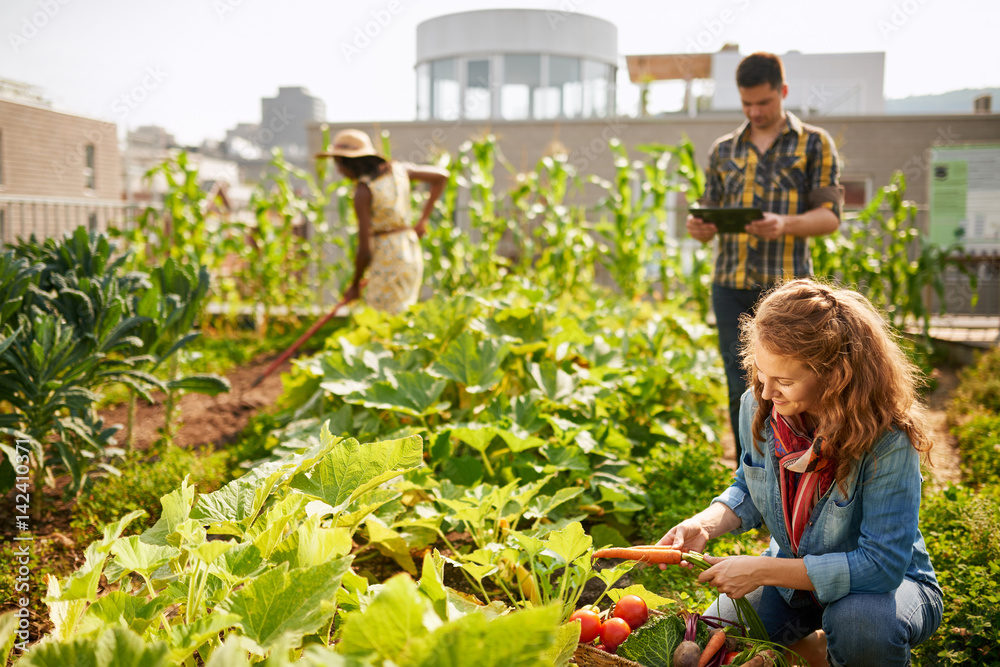In an age of rapidly depleting resources, environmental degradation, and a growing sense of disconnectedness from the natural world, self sustainable living is not just a lifestyle option; it’s a necessity. The concept of self-sufficiency has gained traction to reduce our ecological footprint and create a more resilient way of life. But where do you start on the path to self-sustainable living?
Here, we will guide you through nine simple steps to initiate your sustainability journey, from small changes in your daily routine to more significant overhauls in how you interact with the environment around you. Read on to learn more.
1. Assess Your Current Lifestyle
Before you begin, it’s vital to understand your current lifestyle’s impact on the environment. Look closely at your consumption, waste production, and the resources you utilize.
Start a Sustainability Journal
Note down every purchase, meal, and activity that involves resource use. Reflect on what you could have done differently to reduce waste.
Conduct an Energy Audit
Identify where and how you use energy in your home. It could be as simple as realizing you leave lights on in empty rooms, or it may need more advanced monitoring systems to track your appliances’ energy consumption.
Calculating appliance power consumption is crucial to identifying areas where you can cut back and save energy. This figure represents your daily consumption for each appliance, allowing you to pinpoint where energy efficiency improvements can be made.
2. Minimize Your Environmental Footprint
Once you understand your environmental impact, it’s time to take action. There are a plethora of small changes that can reduce your carbon footprint.
Switch to Renewable Energy
If possible, consider investing in solar panels or wind turbines. Green living energy providers can offer a more sustainable alternative for renters.
Conserve Water
Fix leaky faucets, take shorter showers, and only run a dishwasher or washing machine when you have a full load. These small changes can significantly reduce your water consumption.
3. Grow Your Food
One of the most significant steps toward self-sustainability is growing your food. It reduces your reliance on the industrial food system and provides a direct connection to nature and a sense of accomplishment.
Start a Home Garden
You can grow herbs, vegetables, and fruits in pots or vertical gardens, even with limited space. Utilize compost to enrich the soil and reduce waste.
Compost
Create nutrient-rich soil for your garden by composting kitchen scraps and yard waste. This reduces the amount of waste you send to the landfill and minimizes your need for store-bought fertilizers.
4. Reconnect with Nature
Immersing yourself in the natural world is an essential aspect of self-sustainable living. This can mean different things to different people, but the goal is to develop a deeper connection with the environment.
Spend Time Outdoors
Whether you hike in the mountains, stroll through a city park, or simply sit in your backyard, make time to observe and appreciate the natural world.
Study Wildlife
Learn about the plants and animals native to your area. Understanding and protecting local biodiversity is crucial to sustainable living.
5. Harness Alternative Transportation
Traditional vehicles are a significant source of pollution and greenhouse gas emissions. Transitioning to more sustainable modes of transportation is a straightforward way to reduce your environmental impact.
Bike or Walk
Whenever possible, use human-powered transportation. It’s not only better for the environment but also improves your health.
Use Public Transit
Reduce the number of cars on the road by bus, train, or subway. Carpooling is another great option if public transit isn’t available or convenient for your daily activities.
Consider Electric Vehicles
If you need to own a car, explore electric or hybrid options. The infrastructure for these vehicles is expanding rapidly, and many governments offer incentives to go electric.
6. Energy-Efficient Living
Conserving energy is a fundamental component of self-sustainable living. Not only does it reduce your environmental impact, but it can also save you money in the long run.
Upgrade to Energy-Efficient Appliances
When it’s time to replace your appliances, opt for energy-efficient models. They use less energy and can significantly reduce your utility bills.
Insulate Your Home
Proper insulation can significantly reduce your heating and cooling needs. This could be as straightforward as adding weather stripping around your doors and windows or as comprehensive as insulating your attic and walls.
Use Natural Lighting and Ventilation
Open curtains and windows during the day to maximize natural light and airflow. This is energy-efficient and can positively affect your mood and health.
7. Reduce, Reuse, Recycle
They are a familiar mantra for environmentalists. But sustainable living goes beyond these principles to include other important strategies.
Repair Instead of Replace
Before buying something new, see if you can repair the item. This extends the lifespan of your belongings and reduces the demand for new resources.
Buy Secondhand
Opt for used items whenever possible. You’ll save money, reduce waste, and often find unique, high-quality items unavailable in traditional retail stores.
8. Embrace Homesteading Skills
Homesteading is an approach to life that includes self-reliance, sustainability, and a solid connection to the land can be partially adopted, even in urban areas.
Learn Basic DIY Skills
Carpentry, plumbing, and electrical skills can save you money and give you the satisfaction of taking care of your own home.
Practice Food Preservation
Canning, pickling, fermenting, and root cellaring are all traditional ways to keep food without modern refrigeration or preservatives.
9. Share Your Journey and Learn From Others
Living a self-sustainable life is a continuous learning process. Sharing your experiences and learning from others can enrich and support your path.
Join or Start a Sustainability Group
Whether it’s an online forum or a local club, connecting with others can provide valuable tips and a sense of community. Many organizations offer workshops and events focused on sustainable living. These can provide you with hands-on experience and connect you with like-minded individuals.
Document Your Experience
Maintain a blog, social media account, or traditional journal to document your sustainable living efforts. This helps you track your progress and can inspire and inform others.
Start Your Journey on Self Sustainable Living
By following these nine simple steps, you’ll be well on your way to a more sustainable, self-reliant life. Remember, the goal is not perfection but progress. Every small action you take towards self sustainable living has a cumulative positive impact. Happy, sustainable living!
For more helpful tips, check out the rest of our site today!







